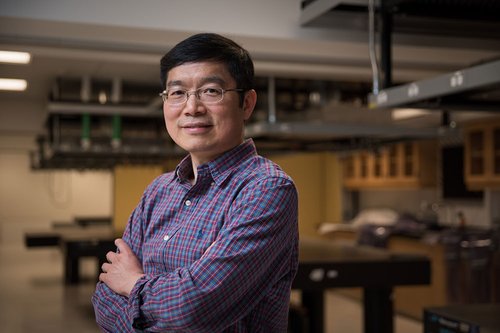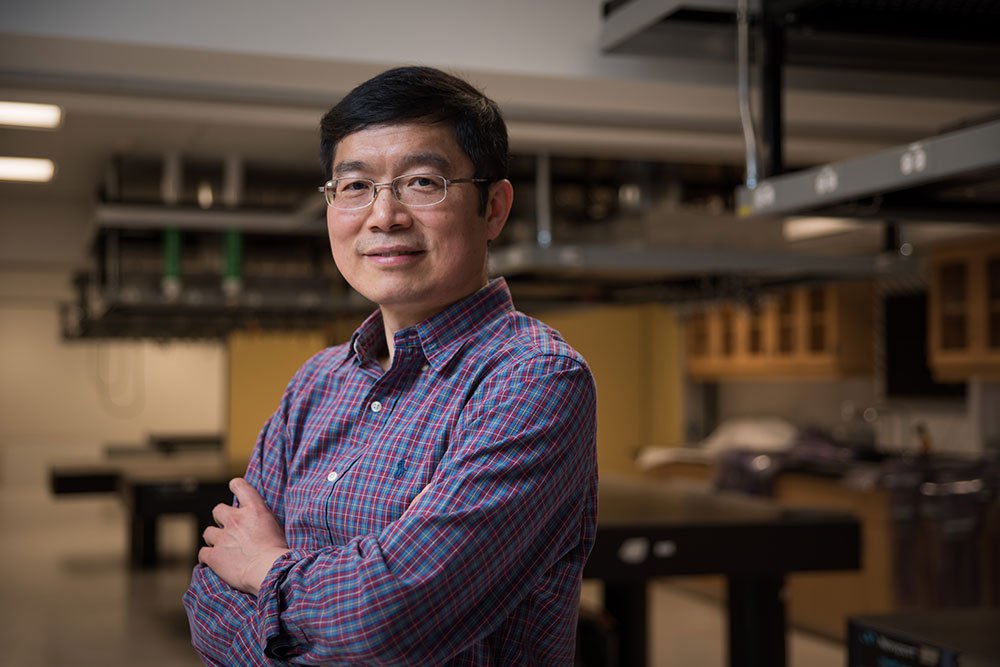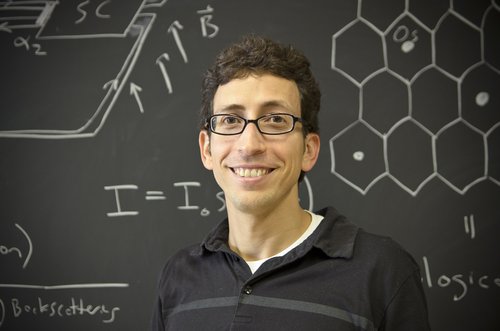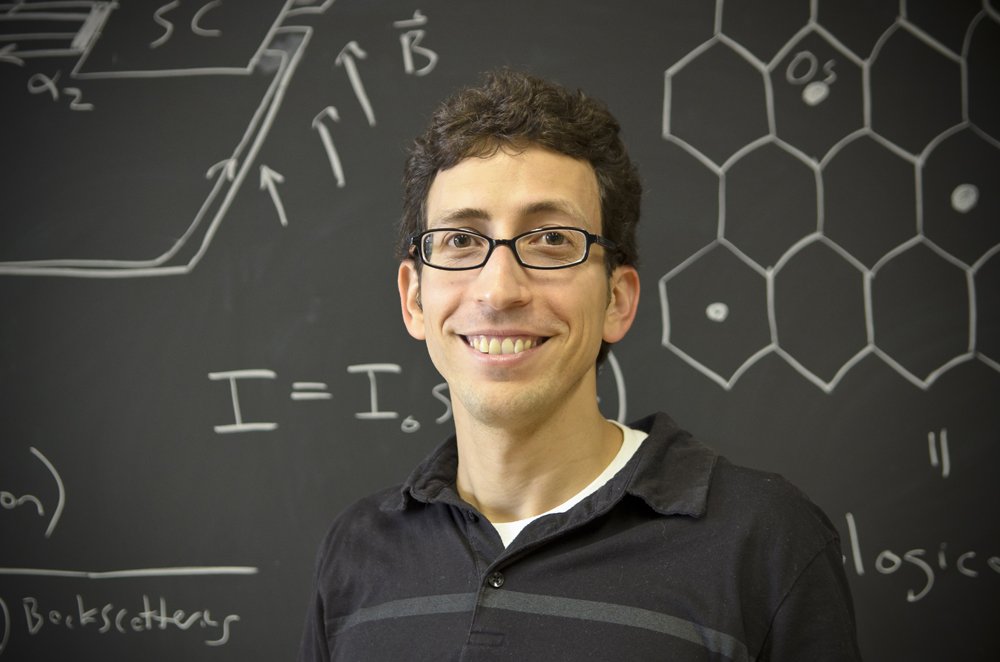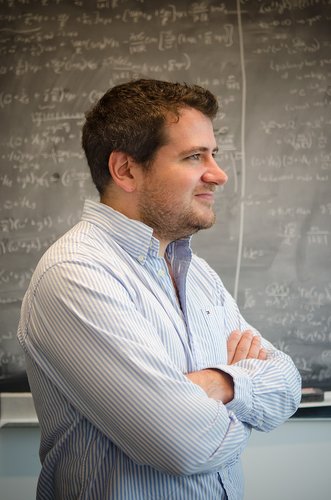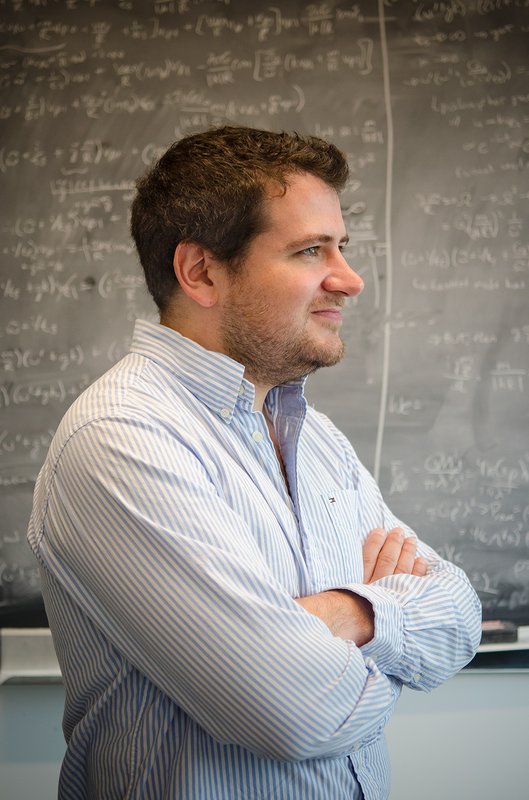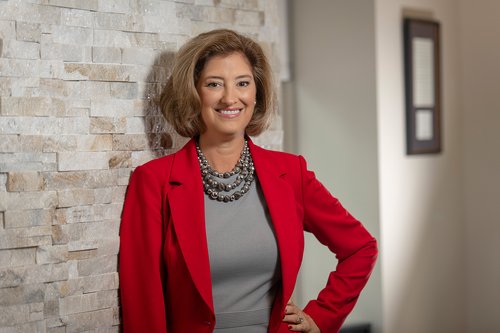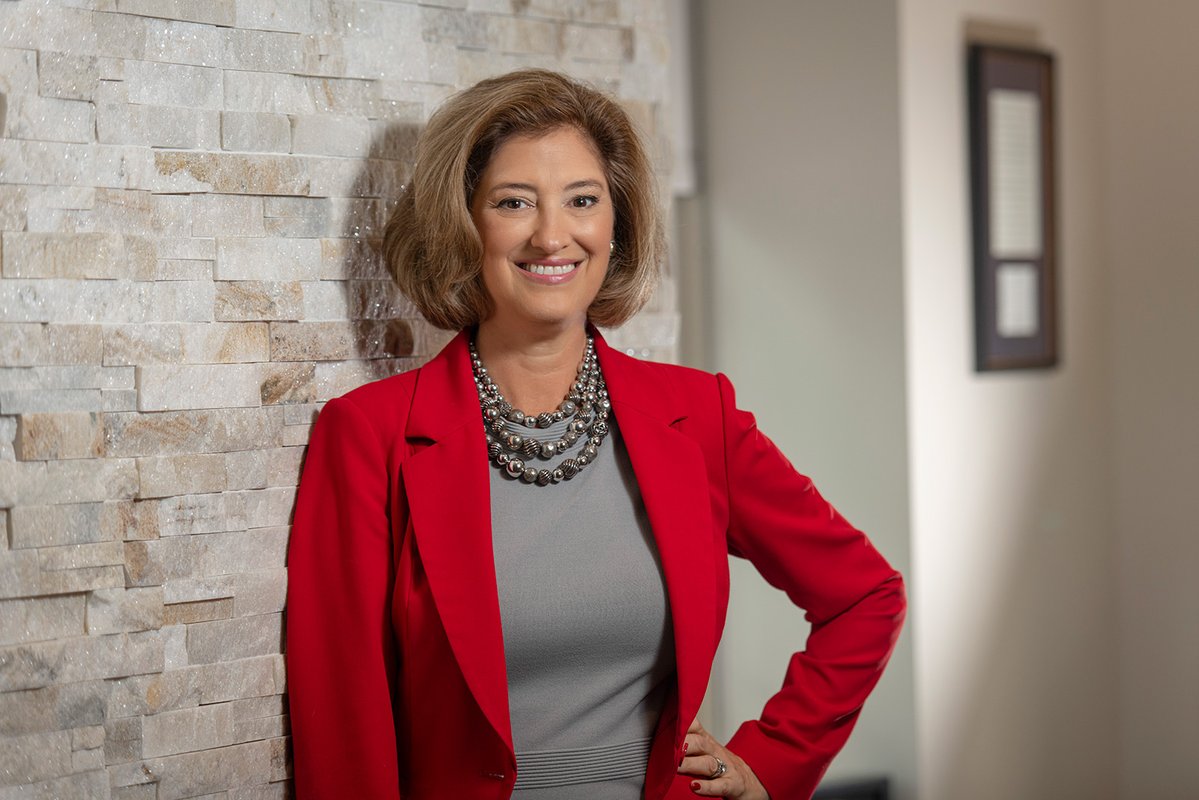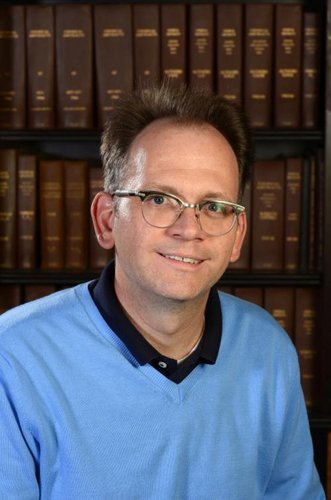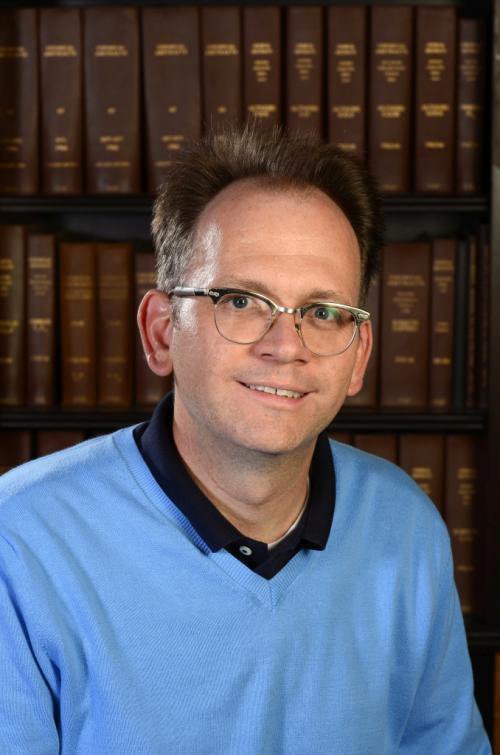Since the start of the 2022 calendar year, Caltech has recognized five faculty members with the Institute's most distinguished award for individual faculty—named professorships for early career and tenured faculty—and awarded two faculty members with leadership chairs associated with administrative positions.
These honors provide faculty with additional resources to pursue research ideas while they continue to mentor future generations.
Each named professorship brings its own distinct legacy. Many professorships, for instance, have long-standing histories and pass a tradition of discovery and exploration from one academic generation to the next, from one colleague to another. A professorship may also provide a faculty member with an opportunity to forge meaningful connections with the philanthropists who made the award possible.
Leadership chairs generate discretionary funds that enable academic leaders to support innovative research projects with potential for scientific and societal impact, and to support Caltech's educational mission and outreach programs.
Caltech is pleased to present its newest cohort of named professors and leadership chairs.
Leadership Chairs
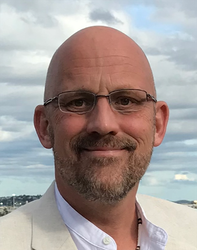
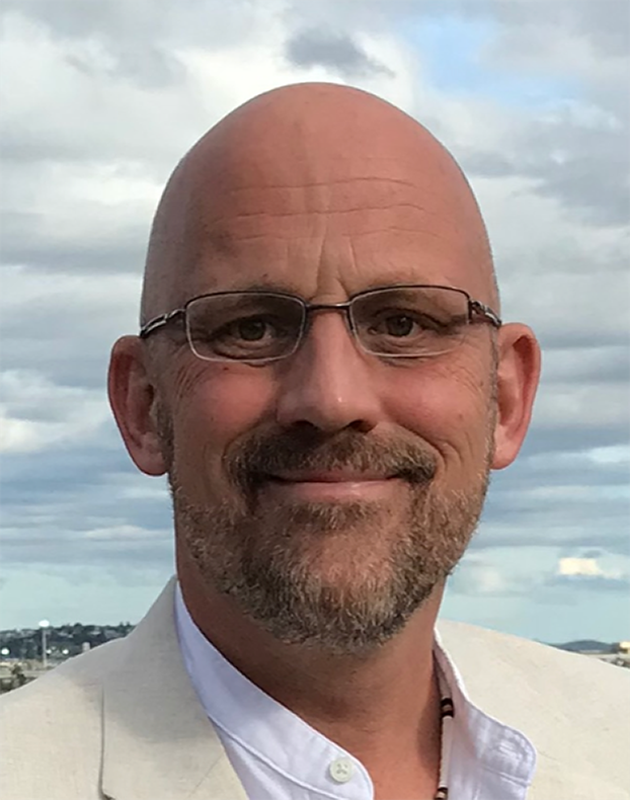
Tim Colonius
Cecil and Sally Drinkward Leadership Chair, Department of Mechanical and Civil Engineering
Frank and Ora Lee Marble Professor of Mechanical Engineering
Executive Officer for Mechanical and Civil Engineering
Division of Engineering and Applied Science
Tim Colonius studies fluid dynamics using numerical simulation and data-driven modeling. His computer simulations solve the equations of motion for a fluid for a wide range of applications, from the turbulent exhaust of jet engines to the nucleation and dynamics of bubbles generated by ultrasound waves in tissue. Recently, he has explored the ability of focused ultrasound to break up kidney stones in the body, a new process known as burst-wave lithotripsy that has the potential to replace traditional shockwave-based treatments with less trauma to surrounding tissue and less pain for the patient.
Colonius joined Caltech's faculty in 1994.
Lihong Wang
Andrew and Peggy Cherng Leadership Chair, Department of Medical Engineering
Bren Professor of Medical Engineering and Electrical Engineering
Executive Officer of Medical Engineering
Division of Engineering and Applied Science
Lihong Wang's research, centered in the Caltech Optical Imaging Laboratory (COIL), aims to develop new kinds of imaging technologies, particularly those with medical applications. Much of his work has focused on photoacoustic imaging, which uses light and sound to generate three-dimensional imagery of living tissue. With his technology, Wang has imaged organs moving in real time, measured brain activity, created three-dimensional images of internal body parts, and differentiated cancerous cells from healthy cells. In addition, Wang has also developed high-speed camera technology that can take video at 70 trillion frames per second, with applications in physics and chemistry.
He joined the Caltech faculty in 2016.
Named Professorships
Jason F. Alicea
William K. Davis Professor of Theoretical Physics
Division of Physics, Mathematics and Astronomy
Jason Alicea is a quantum matter theorist who explores exotic phenomena that emerge from the interplay between topology, which deals with properties that are invariant under smooth deformation, and quantum mechanicsHe studies topological phases of matter that host emergent particles known as "anyons" and seeks to design blueprints for their experimental realization. One of his goals is to "out-engineer nature" as a means to reveal fundamentally new manifestations of quantum mechanics with potential relevance for future quantum computing applications.
He joined the Caltech faculty in 2012.
Philip F. (Phil) Hopkins
Ira S. Bowen Professor of Theoretical Astrophysics
Executive Officer for Astronomy
Division of Physics, Mathematics and Astronomy
Phil Hopkins studies the formation of astronomical objects like galaxies, stars, and supermassive black holes. Hopkins creates models of these objects that focus on the interconnectedness of the universe, such as how the formation of a single star can have an impact on the galaxy as a whole. These so-called feedback loops between stars, black holes, and galaxies are crucial to understanding the masses and structures of galaxies. More recently, Hopkins and his colleagues developed a new mechanism describing how the movement of dust clumps through gas form planets, shapes stellar winds, and more.
Hopkins joined the Caltech faculty in 2013.
Laurie Leshin (MS '89, PhD '95)
Bren Professor of Geochemistry and Planetary Science
Vice President and Director of the Jet Propulsion Laboratory
Division of Geological and Planetary Sciences
Laurie Leshin, who became the director of JPL, which Caltech manages for NASA, in May 2022, is a distinguished geochemist and space scientist with leadership experience in academia and the government. She served as president of Worcester Polytechnic Institute from 2014 to 2022, prior to which she held leadership roles at NASA's Goddard Space Flight Center, where she and her colleagues were responsible for the strategy, planning, and implementation of more than 50 Earth and space flight projects. In 2010, she assumed the role of deputy associate administrator of the Exploration Systems Mission Directorate at NASA Headquarters, where she oversaw the future human spaceflight program. She departed NASA in 2011 to join Rensselaer Polytechnic Institute as dean of the School of Science. Leshin has received numerous awards and honors, including being named as a Caltech Distinguished Alumna in 2021.
She joined the Caltech faculty in 2022.
Brian M. Stoltz
Victor and Elizabeth Atkins Professor of Chemistry
Heritage Medical Research Institute Investigator
Division of Chemistry and Chemical Engineering
As an organic chemist, Brian Stoltz has focused his research on the development of new strategies and methods for synthesizing complex molecules, including novel molecules that do not occur in nature, as well as chemicals that are inspired by those that are found in organisms (like the sea slug). Stoltz is a fellow of the American Chemical Society and is also serving as editor-in-chief of the organic chemistry journal Tetrahedron. In 2017, he was awarded the Richard P. Feynman Prize for Excellence in Teaching.
Stoltz joined the Caltech faculty in 2000.
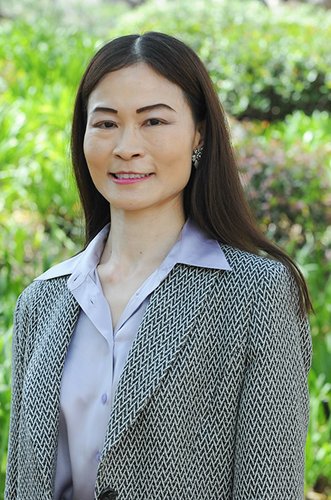
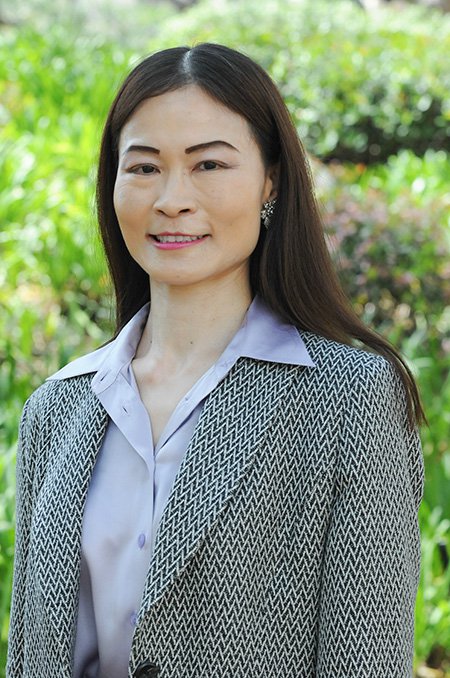
Nai-Chang Yeh
Thomas W. Hogan Professor of Physics
Division of Physics, Mathematics and Astronomy
Nai-Chang Yeh is an experimental condensed matter physicist who invents powerful tools and methods for engineering nanoscale materials (on the order of billionths of a meter). She investigates the quantum properties of superconductors, exotic magnets, graphene, topological materials, and materials made of atomically thin sheets or wires. Her work has direct applications to efficient nanoelectronics, optoelectronics, quantum devices, energy technologies, and other uses. In 2015, Yeh invented a scalable method to produce graphene—a material made up of an atom-thick layer of carbon—at room temperature that could help pave the way for commercially feasible graphene-based solar cells, energy storage in supercapacitors and lithium-ion batteries, nano-lasers, large-panel displays, and flexible electronics.
Yeh joined the Caltech faculty in 1989.

